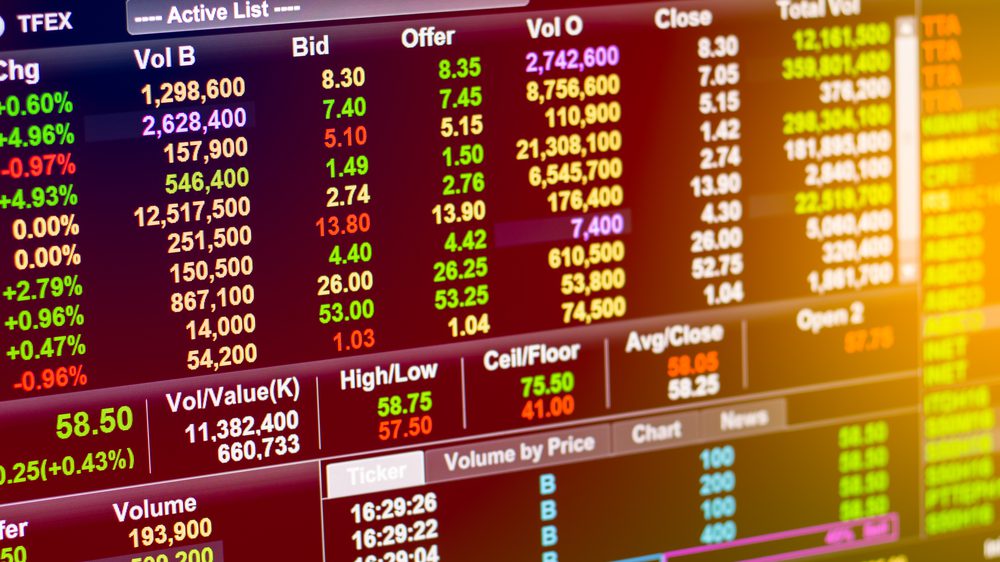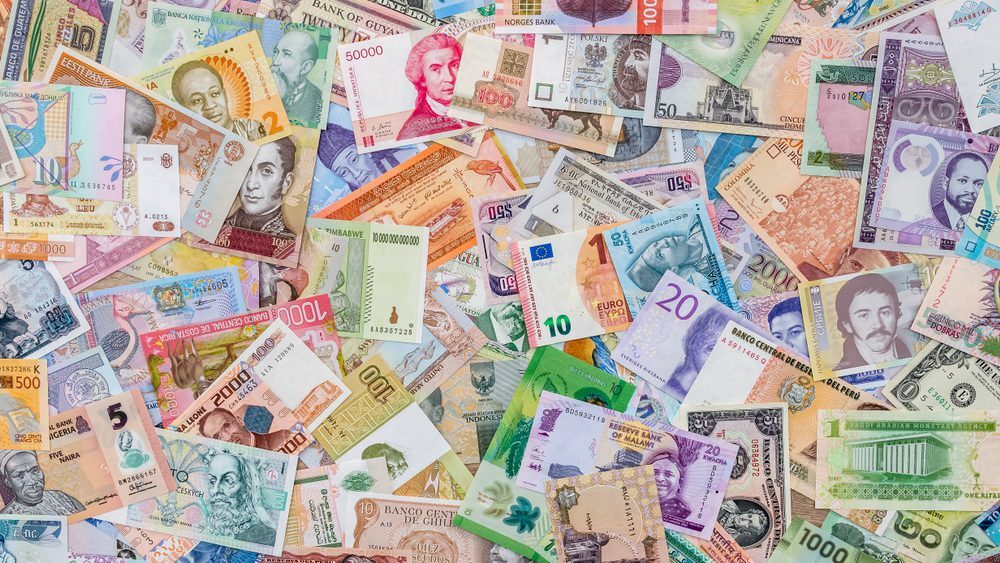
Euros & Dollars: America’s Creditors Are Getting Uneasy
There are two quiet trends at work in the market for U.S. debt that analysts normally do not pay attention to. They should: if these trends continue, there will be turmoil in the market.

There are two quiet trends at work in the market for U.S. debt that analysts normally do not pay attention to. They should: if these trends continue, there will be turmoil in the market.

There is a big need for structural reforms to the Slovakian welfare state. Such reforms require a level of political leadership that Europe so far has only seen in Hungary.

Questions have been raised about the veracity of the IMF report showing Russian economy outperforming the West. But it is extremely difficult to falsify GDP data.

Despite differences in inflation rates and macroeconomic trends, many central banks make their policy decisions based on what the Federal Reserve does.

Finally, the U.S. Treasury is doing something to curb the rise in debt costs. But is it too late already to prevent a fiscal crisis in America?

This was a bold move by one of Europe’s best-run monetary authorities.

Those who expect a U.S. recession will have to wait a little longer, but there are some details in the latest GDP numbers that suggest an economic downturn is indeed on its way.

After months of falling, U.S. interest rates are rising again. There is no apparent economic reason for this, which suggests that investors are worried about government solvency.

The EU’s new fiscal rules are supposed to solve the problem with member state budget deficits. But so far, neither the European Parliament nor the European Council has addressed the two biggest problems with their reform efforts.

The U.S. central bank is predicting an economic slowdown, but their numbers are only preliminary. Here is what data to look for in the coming weeks to see if they are correct.